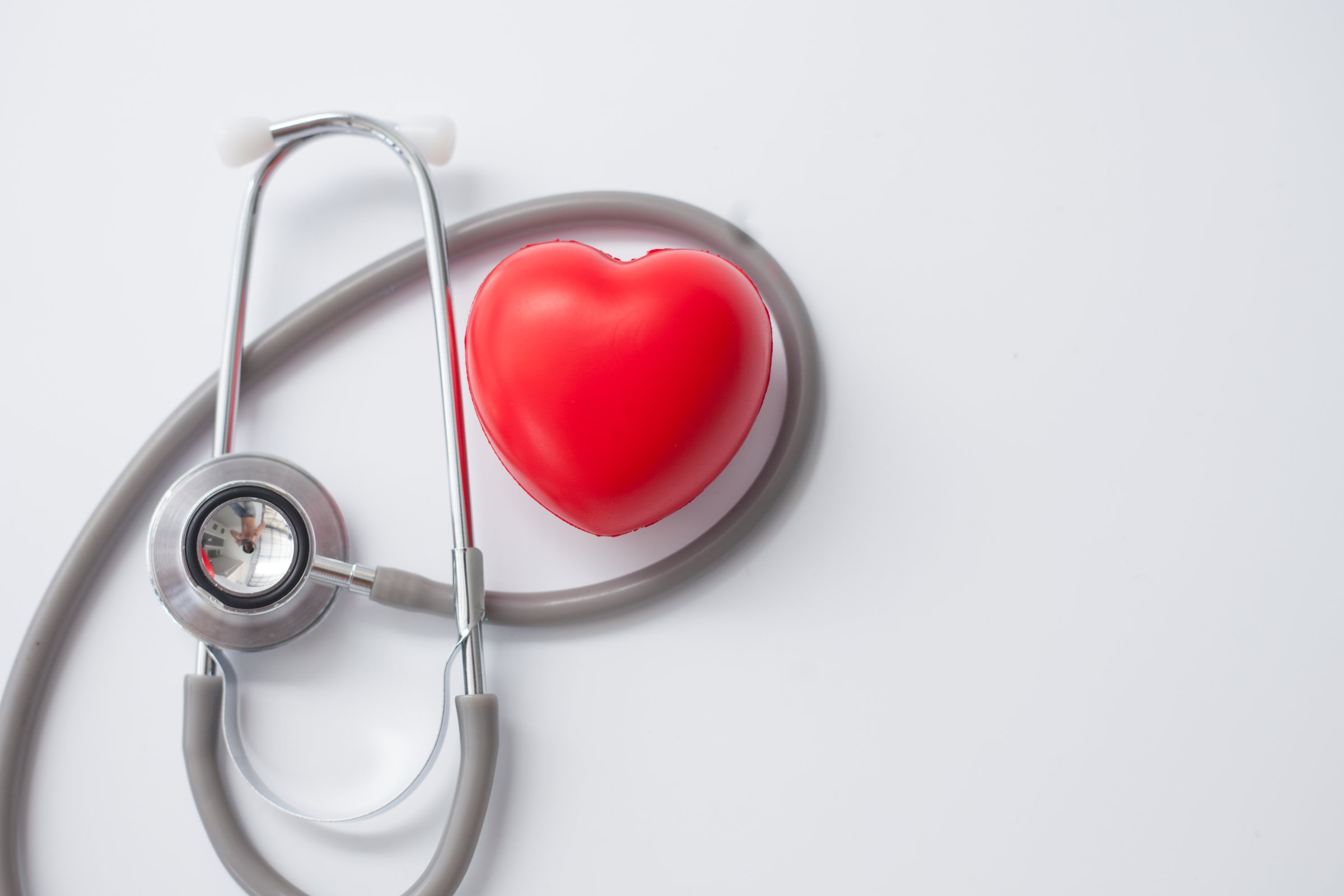
About 48% of adults in the U.S. have some type of heart or blood vessel disease, according to a new annual report from the American Heart Association published in the journal Circulation. The finding, based on data collected from 2016, means that almost half of Americans have had a heart attack, stroke, angina, abnormal heart rhythms, or narrowing of the arteries.
The new report also shows that deaths from heart disease, after declining in recent years, rose from 2015 to 2016, from 836,546 to 840,678.
Dr. Mariell Jessup, chief science and medical officer at the American Heart Association, said much of the increase in the prevalence of heart disease may be attributed to the stricter guidelines defining high blood pressure, which the group enforced in 2017 along with the American College of Cardiology. Hypertension is now defined as readings of 130/80mm Hg or higher, when previously it had been set at 140/90mm Hg. The researchers applied the new guidelines to the 2016 data and modeled prevalence rates.
Those models, says Jessup, have revealed that many more Americans are at risk of heart disease, since hypertension is an important risk factor for heart attack and stroke. “My view is that from an insurance standpoint, you may as well say that people with hypertension have heart attacks, because hypertension can lead to heart attacks, stroke and heart failure,” she says.
Jessup says it’s discouraging that heart disease remains the leading killer of Americans, despite decades of data and public health messages about risk factors like obesity, high blood pressure, smoking and lack of exercise. About 80% of heart disease, studies show, can be prevented by controlling blood pressure, diabetes, high cholesterol and stopping smoking. The report found that while some progress has been made at reducing some of these risk factors, such as smoking, others like type-2 diabetes have started to increase, offsetting any gains on a population level. “Why aren’t we alarmed that the No. 1 cause of death in this country continues to be heart disease at all ages?” she says. “The problem is that health is not the default in this country.” For many Americans, fresh fruits and vegetables are either not available or too expensive to eat on a regular basis, and high-sodium fatty foods are easier and cheaper to buy. “We need scalable ideas,” says Jessup, about addressing the barriers to heart-healthy habits.
There are some promising ways to chip away at these challenges, and many of them come from community-based efforts that work to educate and increase access to healthier behaviors. Recent studies found that placing pharmacists in barbershops frequented by African-American men, one of the groups at highest risk for developing high blood pressure, successfully helped more men keep their blood pressure under control after a year.
That’s an encouraging sign, since hypertension is preventable, treatable and doesn’t always require expensive medications. Studies consistently show that a healthy low-salt and low-fat diet, along with exercise, can lower risk of high blood pressure, heart disease and stroke. The changes don’t have to be drastic: at least not at first. Small bouts of exercise and gradual changes to fresh, low-sodium foods can make a difference.
More Must-Reads From TIME
- The 100 Most Influential People of 2024
- The Revolution of Yulia Navalnaya
- 6 Compliments That Land Every Time
- What's the Deal With the Bitcoin Halving?
- If You're Dating Right Now , You're Brave: Column
- The AI That Could Heal a Divided Internet
- Fallout Is a Brilliant Model for the Future of Video Game Adaptations
- Want Weekly Recs on What to Watch, Read, and More? Sign Up for Worth Your Time
Contact us at letters@time.com